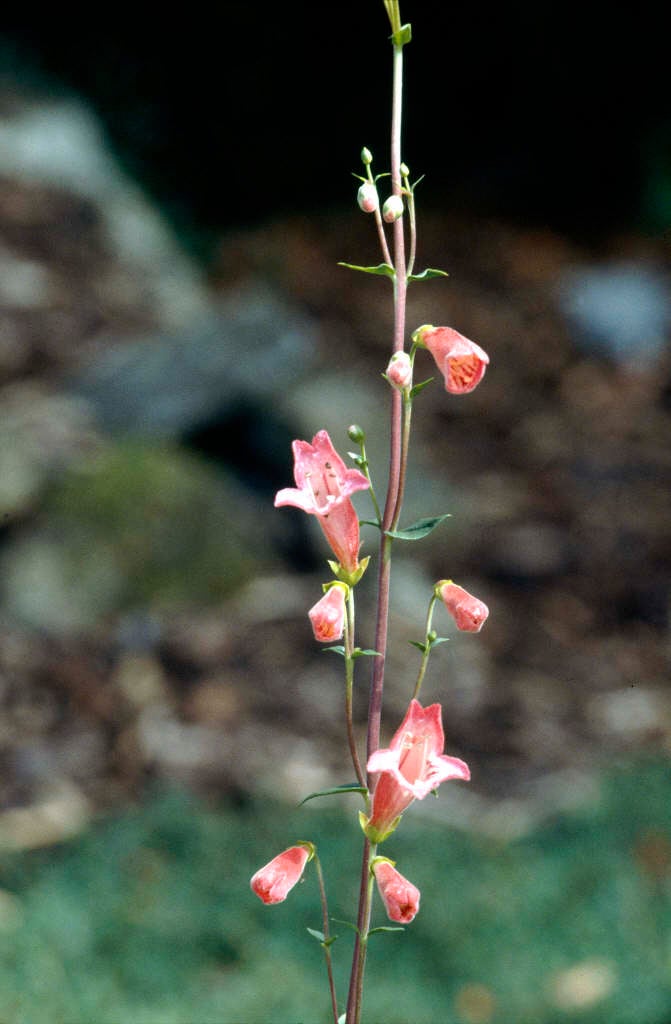Size
Ultimate height
0.5–1 metresTime to ultimate height
2–5 yearsUltimate spread
0.1–0.5 metresGrowing conditions
Moisture
Well–drainedpH
Acid, Alkaline, NeutralColour & scent
| Stem | Flower | Foliage | Fruit | |
| Spring | Green | |||
|---|---|---|---|---|
| Summer | Pink Red | Green | ||
| Autumn | Green | |||
| Winter | Green |
Position
- Full sun
- Partial shade
Aspect
West–facing or South–facing or East–facing
Exposure
Exposed or Sheltered Hardiness
H4Botanical details
- Family
- Plantaginaceae
- Native to GB / Ireland
- No
- Foliage
- Evergreen
- Habit
- Clump forming
- Genus
Penstemon may be deciduous or evergreen perennials or subshrubs, with simple, narrow leaves and racemes or panicles of bell-shaped or funnel-shaped flowers in summer and early autumn
- Name status
Unresolved
- Plant range
- Mexico
How to grow
Cultivation
Grow in fertile, well-drained soil in full sun or partial shade. In cold areas, protect plant overwinter with a dry winter mulch. See penstemon cultivation for further advice
Propagation
Propagate by softwood cuttings in early summer or semi-hardwood cuttings in midsummer. Propagate by division in spring
Suggested planting locations and garden types
- Cottage and informal garden
- City and courtyard gardens
- Coastal
- Gravel garden
- Patio and container plants
- Wildlife gardens
- Flower borders and beds
Pruning
Deadhead after flowering to maintain vigour. Then cut back to base in early spring
Pests
May be susceptible to slugs, snails, glasshouse red spider mite, and leaf and bud eelworms
Diseases
Generally disease-free
Get involved
The Royal Horticultural Society is the UK’s leading gardening charity. We aim to enrich everyone’s life through plants, and make the UK a greener and more beautiful place.
